Where it comes from: Native to Europe and Asia, watercress grows naturally near freshwater sources. Once used as a medicinal herb, it’s now common in salads and modern cuisine.
Health benefits: The CDC recently named watercress the world’s healthiest vegetable. It’s loaded with vitamins A, C, and K, plus antioxidants that promote heart and eye health and may help protect against cancer.
Salad: Mix with apples, walnuts, and vinaigrette for a spicy, fresh bite.
Sandwich: Layer watercress leaves with hummus and avocado.
Soup: Combine with potatoes and cream for a smooth, mild soup.
10 View gallery
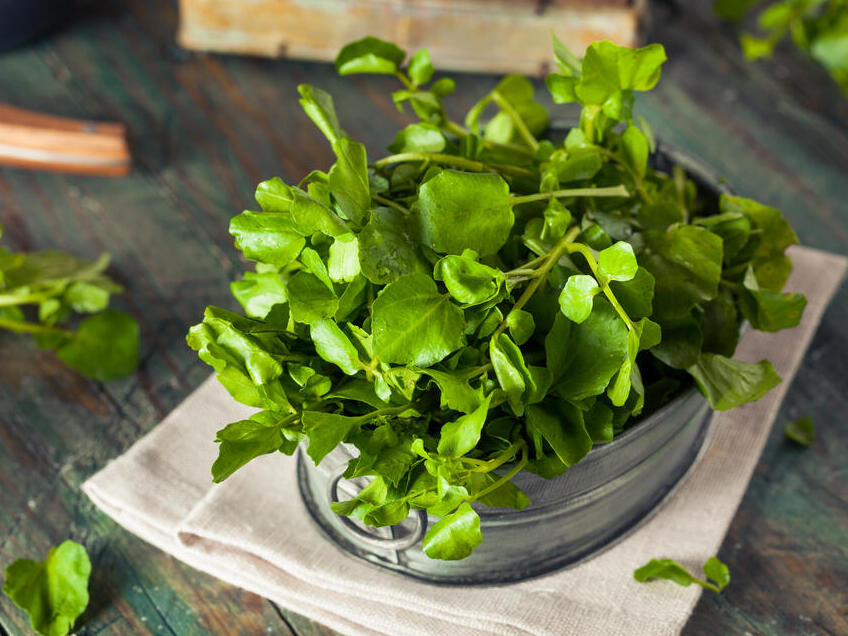

Watercress, the healthiest vegetable in the world
(Photo: shutterstock)
Where it comes from: Grown from sunflower seeds native to the Americas, these sprouts are a staple in health-conscious diets.
Health benefits: Packed with vitamin E, magnesium, protein, and fiber, they support heart health, digestion, and glowing skin.
Sprout salad: Toss with greens, shredded carrots, and tahini dressing.
Sandwich topping: Add crunch to veggie or vegan cheese sandwiches.
Green smoothie: Blend with spinach, pineapple, and water for a refreshing drink.
10 View gallery
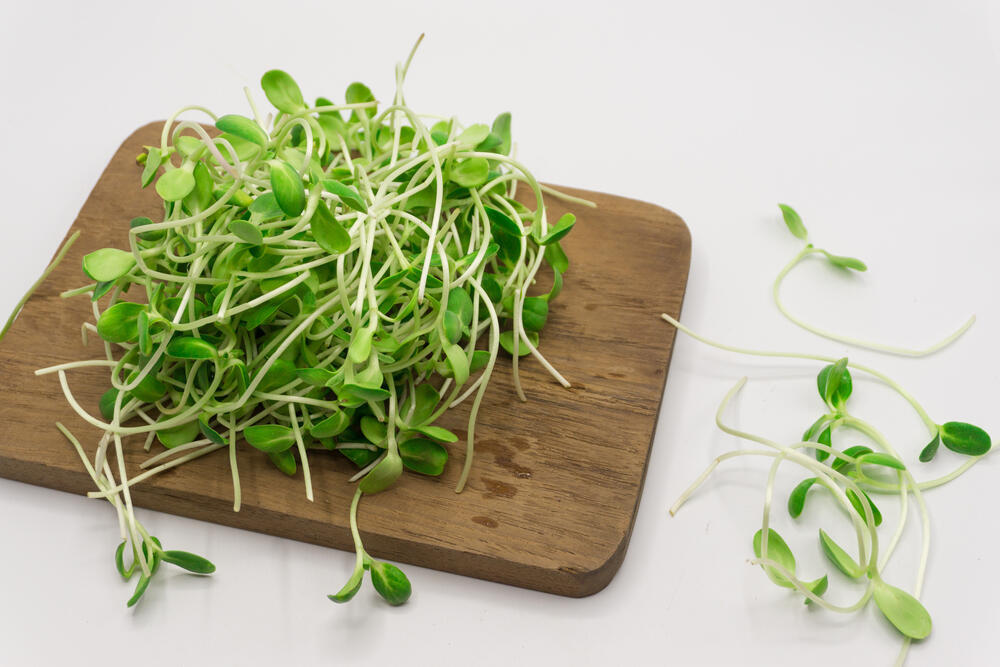

Superfood: sunflower sprouts
(Photo: shutterstock)
Where it comes from: Originating in Central and East Asia, likely China, buckwheat has been cultivated for thousands of years and became a dietary staple in Eastern Europe.
Health benefits: A gluten-free pseudo-grain high in fiber, protein, magnesium, and iron. It contains rutin, an antioxidant that supports heart health, blood sugar balance, and digestion.
Breakfast porridge: Cook with almond milk, cinnamon, honey, and fruit.
Cold salad: Combine cooked buckwheat with herbs, tomatoes, cucumbers, and olive oil.
Buckwheat fritters: Mix buckwheat flour with eggs and chopped veggies for a crisp dish.
10 View gallery


Gluten-free and high in fiber: buckwheat
(Photo: shutterstock)
Where it comes from: First cultivated in Belgium in the 16th century, Brussels sprouts are a classic in European and American kitchens.
Health benefits: High in vitamins C and K, fiber, and sulfur compounds that aid heart health, digestion, and cancer prevention.
Roasted: Roast with olive oil, garlic, and Parmesan for a rich flavor.
Stir-fry: Sauté with vegan bacon and balsamic glaze.
Soup: Add to lentil or vegetable soups for extra nutrition.
10 View gallery


Worth roasting: Brussels sprouts
(Photo: shutterstock)
Where it comes from: Harvested from the Bertholletia tree in the Amazon rainforest, mainly in Brazil, Bolivia, and Peru.
Health benefits: Rich in selenium, vitamin E, and healthy fats that support heart function, immunity, and thyroid health.
Snack: Eat one or two nuts daily for a selenium boost.
Granola: Chop and bake with oats, honey, and other nuts.
Creamy dressing: Blend with garlic, lemon juice, and water for a rich sauce.
10 View gallery


Brazil, where the nuts come from
(Photo: shutterstock)
Where it comes from: Yuba is a soy-based food, also known as tofu skin, tofu sheet, or tofu film. It forms during the boiling of soy milk, when a thin, protein-rich layer develops on the surface, made primarily of a protein-fat complex. This layer is lifted, dried into yellowish sheets, and can be used fresh, fermented, or fully dried. Technically, yuba isn’t considered true tofu since it’s not made with a coagulant, yet its taste and texture resemble certain tofu products. Originating in China, yuba was first documented in the 16th century, likely developed by Buddhist temple cooks who created plant-based meat alternatives for vegetarian cuisine.
Health benefits: A top plant-based protein source, around 46 grams per 100 grams, rich in calcium, iron, and fiber, and naturally gluten-free.
How to eat it: Yuba is sold in various forms; such as “wings,” sticks, knots, strips, or sheets and should be soaked in warm or cold water before use to soften it. Once rehydrated and drained, it absorbs flavors beautifully, making it an incredibly versatile ingredient in the kitchen. Here are a few delicious ways to enjoy it:
Asian stir-fry: Soak yuba, then stir-fry with vegetables, garlic, and soy sauce.
Skewers: Marinate and grill with vegetables for a smoky flavor.
Spicy stew: Cook in tomato and chili sauce with mushrooms and olives.
10 View gallery
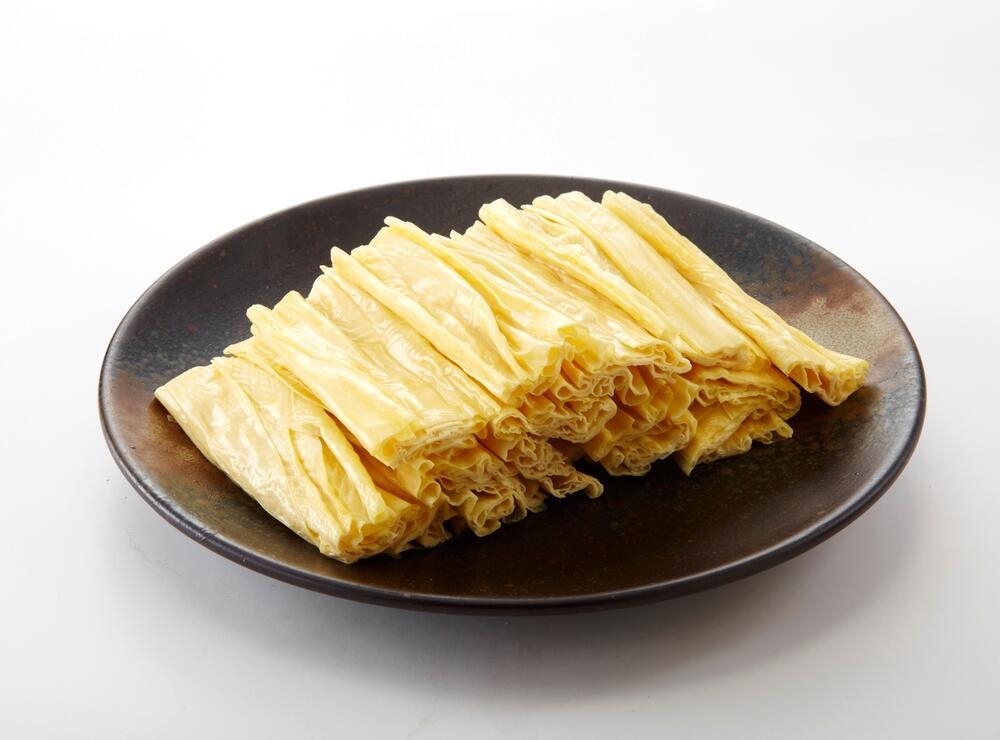

A premium meat alternative: yuba
(Photo: shutterstock)
Where it comes from: A member of the cabbage family, kale originated in the Mediterranean and has been grown since ancient Greece.
Health benefits: High in vitamins A, C, and K, fiber, and antioxidants that promote bone strength and heart health.
Green smoothie: Blend kale with banana, apple, and almond milk for a nutritious green smoothie
Kale chips: Bake kale leaves with olive oil and sea salt for a crisp, healthy snack
Salad: Massage with lemon and olive oil, add nuts and vegan cheese.
10 View gallery


Try it in a smoothie: kale
(Photo: shutterstock)
Where it comes from: Small fish found in the Mediterranean, Atlantic, and Pacific Oceans, sardines have long been a dietary staple in coastal cultures.
Health benefits: Rich in omega-3s, calcium, vitamin D, and B12, supporting heart, bone, and nervous system health.
Sardine salad: Combine with tomatoes, red onion, and lemon.
Pasta: Mix sardines with garlic, olive oil, and chili flakes for a quick pasta dish.
Spread: Blend with cream cheese or tahini for a savory dip.
10 View gallery


Can be blended into a spread: sardines
(Photo: shutterstock)
Where it comes from: Native to the Mediterranean region, celeriac was used as both food and medicine in ancient times.
Health benefits: High in fiber, vitamins C and K, and potassium, supporting heart function and blood pressure regulation.
Mashed celeriac: Cook with potatoes and mix with butter or olive oil for a creamy mash
Soup: Simmer with carrots, onion, and herbs for a warm, hearty winter soup.
Salad: Grate with apple and toss with yogurt-lemon dressing.
10 View gallery
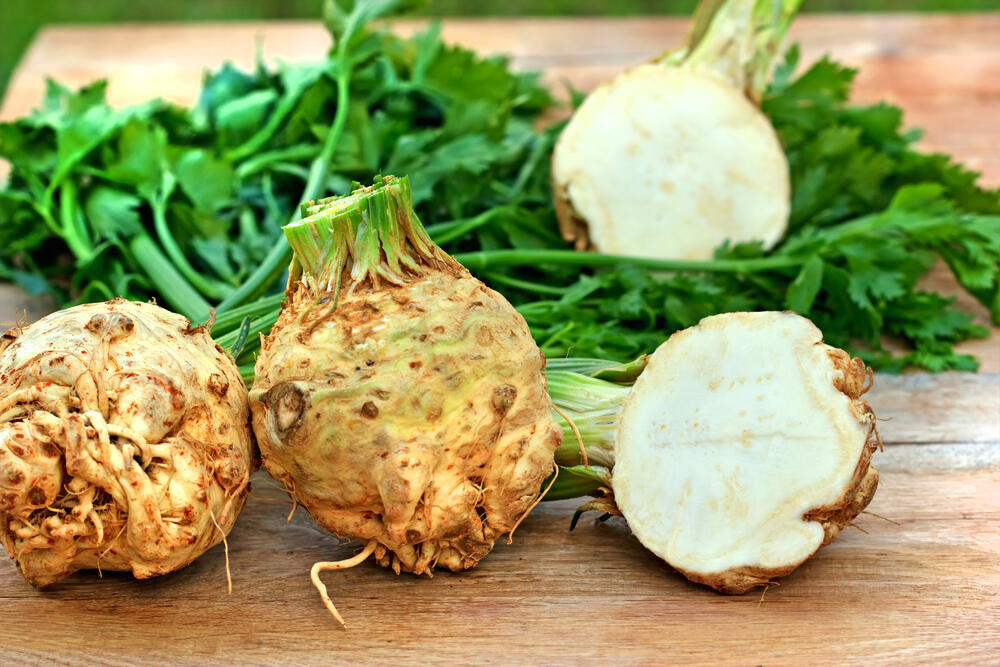

Add it to your mash: celery root
(Photo: shutterstock)
Where it comes from: Seaweeds, such as nori, wakame, and spirulina, grow in oceans and have been staples of East Asian cuisines (Japan, Korea, and China) for thousands of years. They are harvested from marine sources or cultivated in sea farms.
Health benefits: Packed with iodine, vitamins A, C, and E, fiber, and antioxidants that promote thyroid health and digestion.
Homemade sushi: Roll with rice, avocado, and veggies.
Seaweed soup: Add wakame to miso or vegetable broth.
Seaweed chips: Toast nori sheets with sesame oil and salt.
10 View gallery
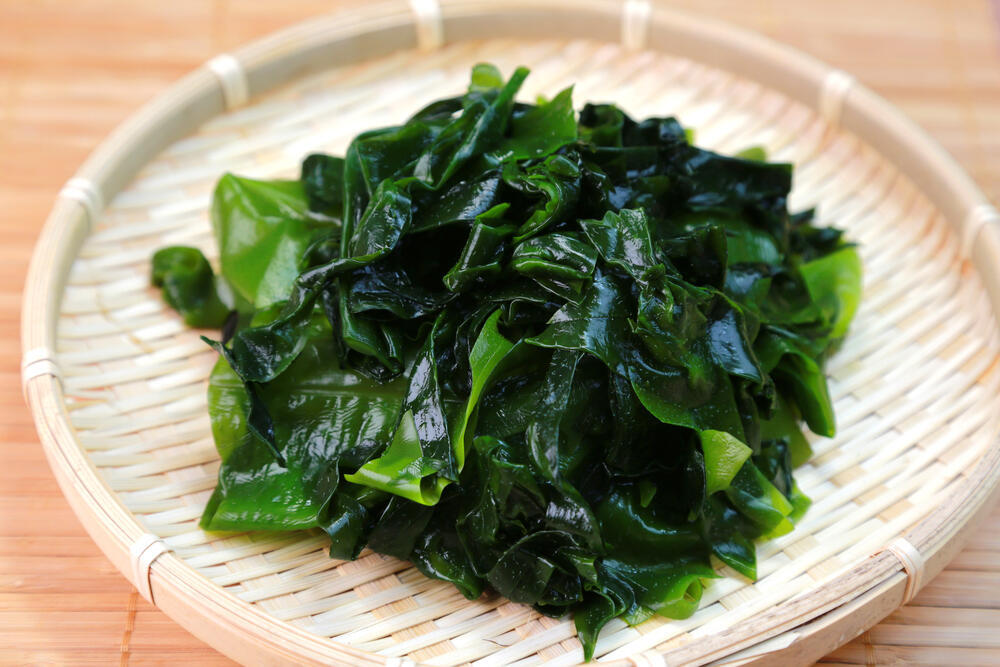

Perfect in soups: seaweed
(Photo: shutterstock)

